1. Cacao Beans
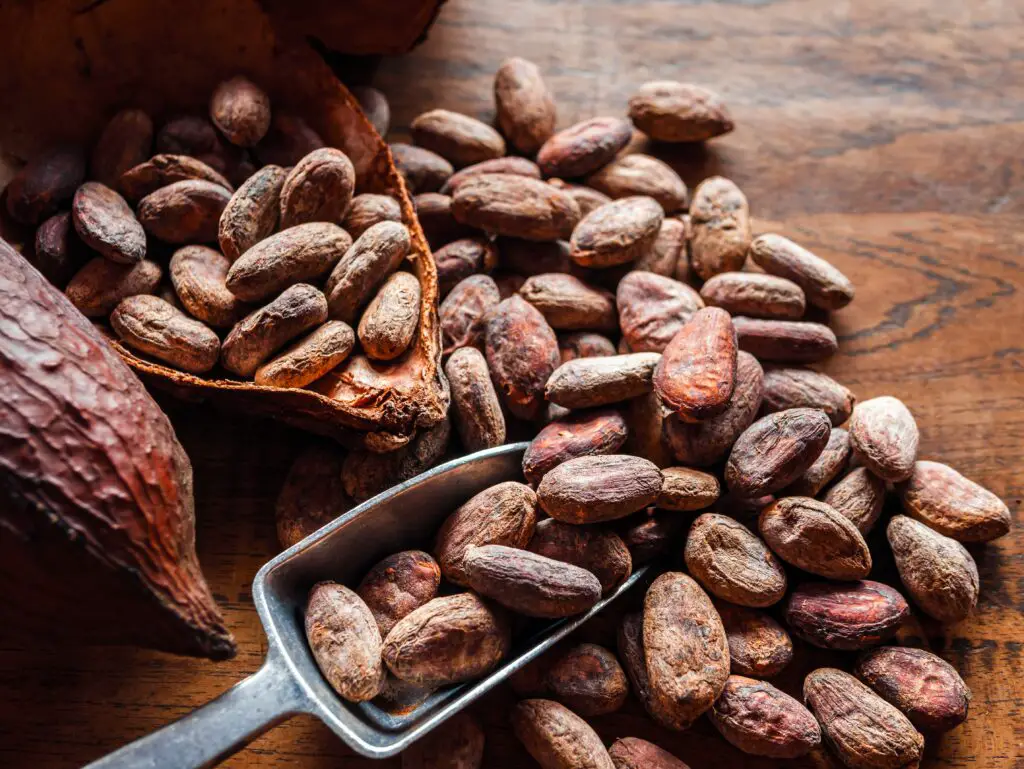
In ancient Mesoamerican cultures like the Aztecs and Mayans, cacao beans were highly prized and even used as a form of currency. The beans were valued not only as a food source but also for their symbolic importance in rituals and as offerings to the gods. The Aztecs, for instance, would use cacao beans to pay for goods and services, with a specific number of beans corresponding to different items or labor shares Newsweek.
What’s fascinating about cacao beans as currency is how they were considered both practical and luxurious. While today we think of them as the base of chocolate, to the Aztecs, cacao was a sacred food that represented wealth and status. The idea of using something as universally beloved as chocolate as a form of money seems almost poetic, but back then, it was a practical and essential part of daily life says ScienceAlert.
2. Salt
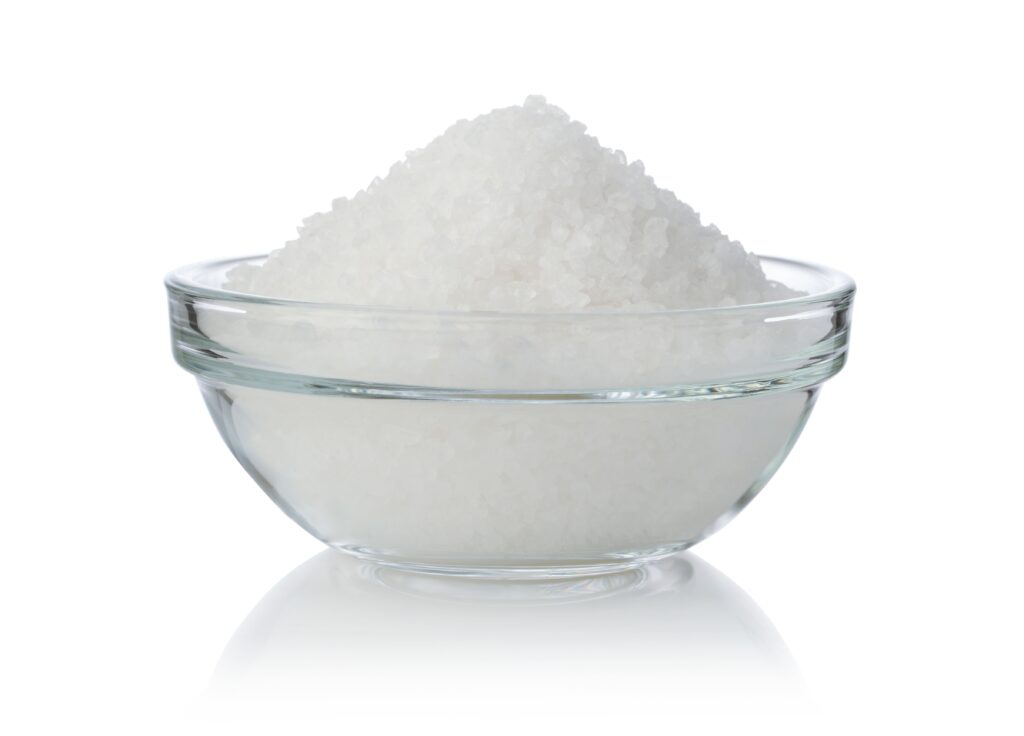
In ancient times, salt wasn’t just a seasoning—it was a form of currency that held immense value. The word “salary” itself comes from the Latin word “salarium,” referring to payments made to Roman soldiers in salt. Salt was vital for preserving food and for its use in religious rituals, making it incredibly sought after. This necessity led to its use as a standard medium of exchange shares Wikipedia.
The importance of salt as currency was widespread. In some cultures, whole towns were built around salt production, and wars were fought over its control. Today, salt may be abundant and inexpensive, but in the ancient world, it was a precious commodity, essential for survival and trade adds Quora.
3. Livestock
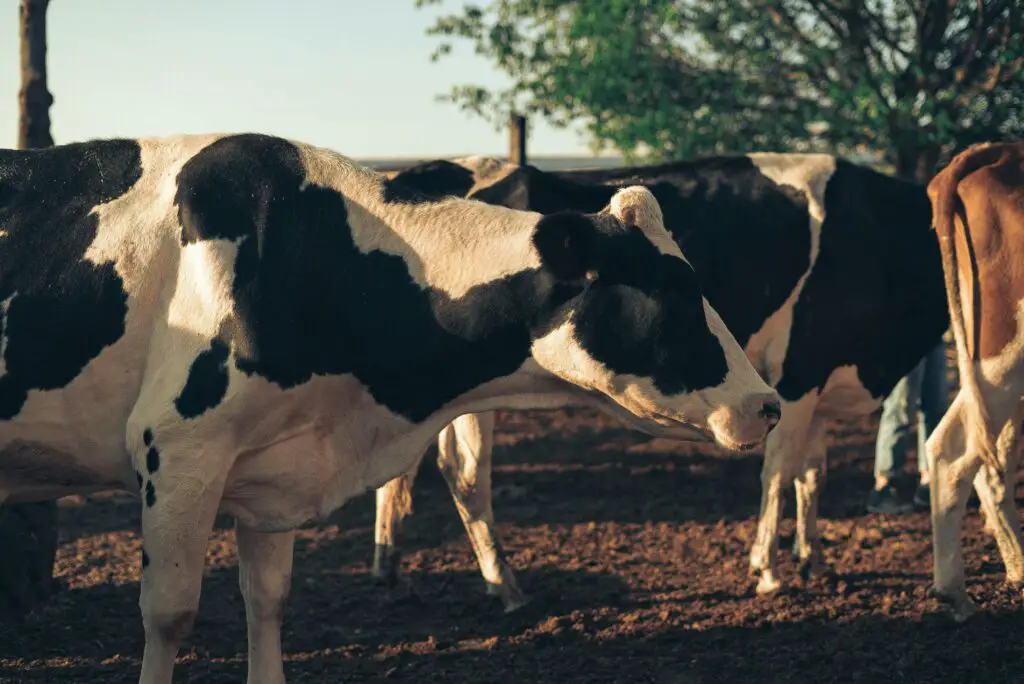
In many early civilizations, livestock like cattle, sheep, and camels were used as a primary form of currency. They were a practical and valuable asset because they provided both food and labor. In ancient Mesopotamia, for example, cattle were traded for everything from land to services, and even for the payment of taxes.
While the value of livestock could vary depending on the quality and number of animals, they were often regarded as a status symbol as well as a practical resource. The idea of using animals as currency might seem unusual today, but it made perfect sense in societies where herding and agriculture were essential to survival.
4. Iron and Copper Ingots
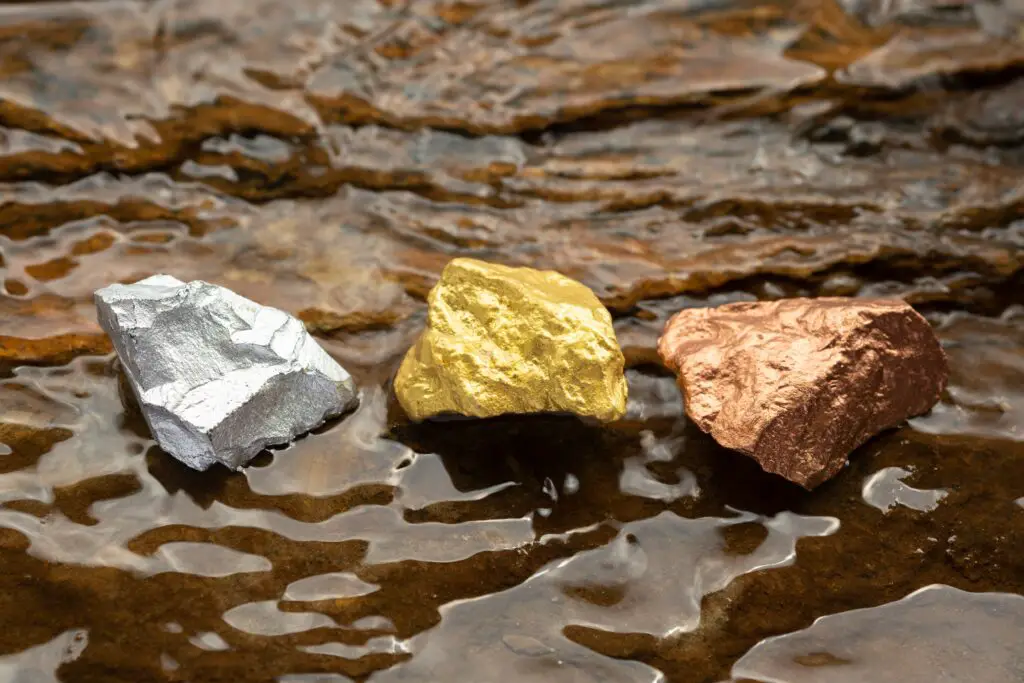
Iron and copper ingots served as a form of currency in many ancient civilizations, particularly in China and the Mediterranean. These metals were often used as a store of value, with their weight and quality determining their worth. In ancient China, bronze and copper coins were made by casting these metals into standardized shapes.
The use of metal ingots as currency also played a significant role in the development of trade. Because these metals could be melted down and reshaped, they were both practical and versatile. While today we have refined currencies like banknotes and coins, the concept of using raw metals for exchange still seems strangely fitting in its simplicity.
5. Whale Teeth

In some Pacific island cultures, whale teeth were considered valuable enough to serve as currency. The Polynesians, for instance, used large whale teeth for trading goods and even as ceremonial gifts. The teeth were prized not only for their size and rarity but also for their connection to the sea, which was central to their culture and livelihood.
The idea of using whale teeth as currency may sound odd, but it makes sense when you consider the importance of whaling in these societies. Whale teeth were durable and could be carved into intricate designs, adding to their cultural significance. They symbolized wealth, status, and connection to the ocean.
6. Rattan

In Southeast Asia, rattan was once used as a form of currency in several regions. This flexible, durable plant material was used not only for crafting furniture and household items but also as a medium of exchange. Rattan was so valuable that it could be traded for goods like rice, tools, or even land.
The use of rattan as currency is a great example of how natural resources were often repurposed for trade. While we today may associate rattan more with furniture than money, it once represented a vital part of the economy in many ancient cultures. It also highlights how practical materials were often valued based on their usefulness in everyday life.
7. Feathers

Feathers were highly prized in several ancient cultures, especially in the Americas. In the Aztec civilization, for example, vibrant quetzal feathers were used as a form of currency. The feathers were seen as symbols of wealth, beauty, and divine connection, with some particularly rare feathers being worth more than gold.
Feathers were used in trade not only because of their aesthetic value but also because they were rare and difficult to obtain. The fact that such a delicate item could serve as a medium of exchange may seem peculiar today, but for the Aztecs and other civilizations, they held an immense cultural and economic value.
8. Stone Money
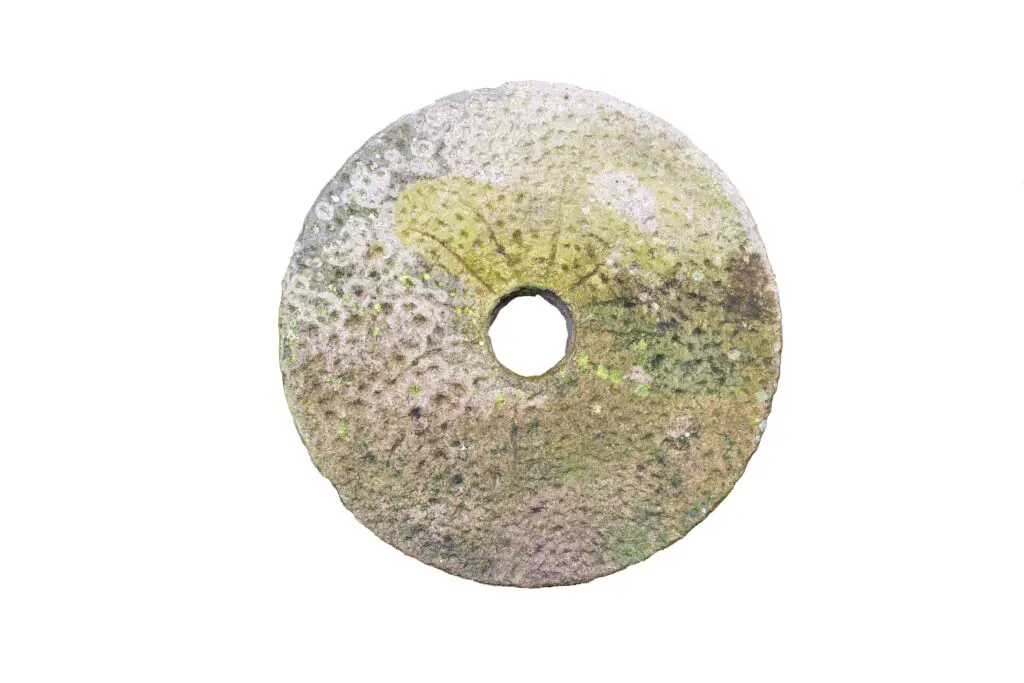
One of the most fascinating forms of currency comes from the island of Yap, where large, carved stone disks were used as money. These stones, called “rai stones,” could be several feet across and weighed tons. Their value was determined by factors such as size, craftsmanship, and the history of the stone, including who had previously owned it.
The use of stone money in Yap is remarkable because these enormous stones could not easily be moved. Transactions were often recorded verbally, and ownership of the stones was transferred without physically moving them. It’s a great example of how the concept of money was shaped by cultural beliefs and practical constraints.
9. Tobacco
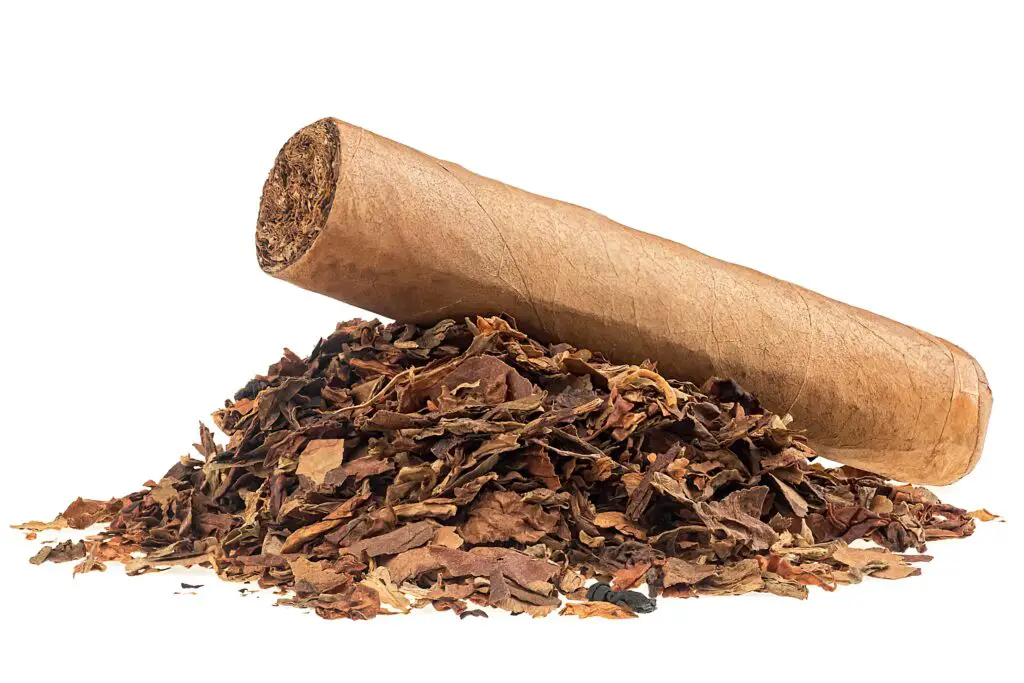
In colonial America, tobacco was widely used as currency in addition to its role as a cash crop. The plant was so important to the economy that people used it to pay for a variety of goods and services. In fact, tobacco was sometimes even used to pay taxes or debts, and its value was regulated by the government.
The use of tobacco as currency was based on its value in both trade and as a crop that could be cultivated and sold. The fact that such a highly perishable product could be used as a store of value is curious to us today, but it was an essential part of the economy in early America. It shows how the value of currency can be shaped by what a society holds dear.
10. Salted Fish
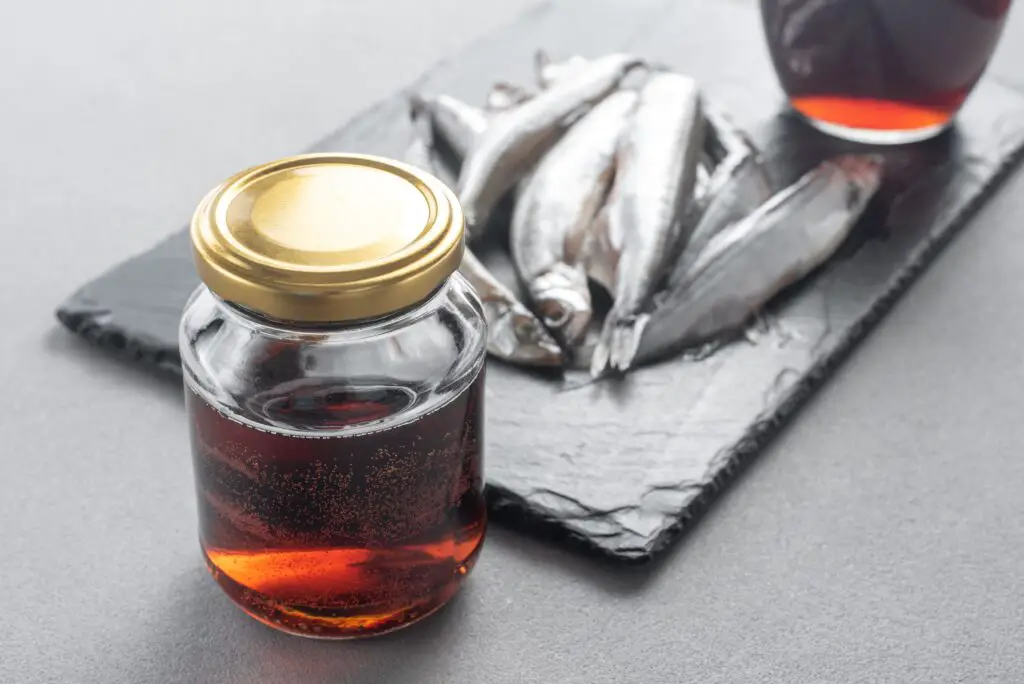
In ancient China and other parts of Asia, salted fish served as a form of currency. Because fish was a key dietary staple, particularly in coastal regions, salted fish became an important commodity for trade. The preservation method—salting—allowed the fish to be stored and traded over long distances, making it an ideal form of currency.
Salted fish was not only used in local markets but also in trade with neighboring regions. It provided a practical and long-lasting means of exchange, which made it valuable both in everyday life and as a trading tool. The use of food as money might seem strange today, but it was a common practice in many ancient economies.
11. Tobacco Leaves
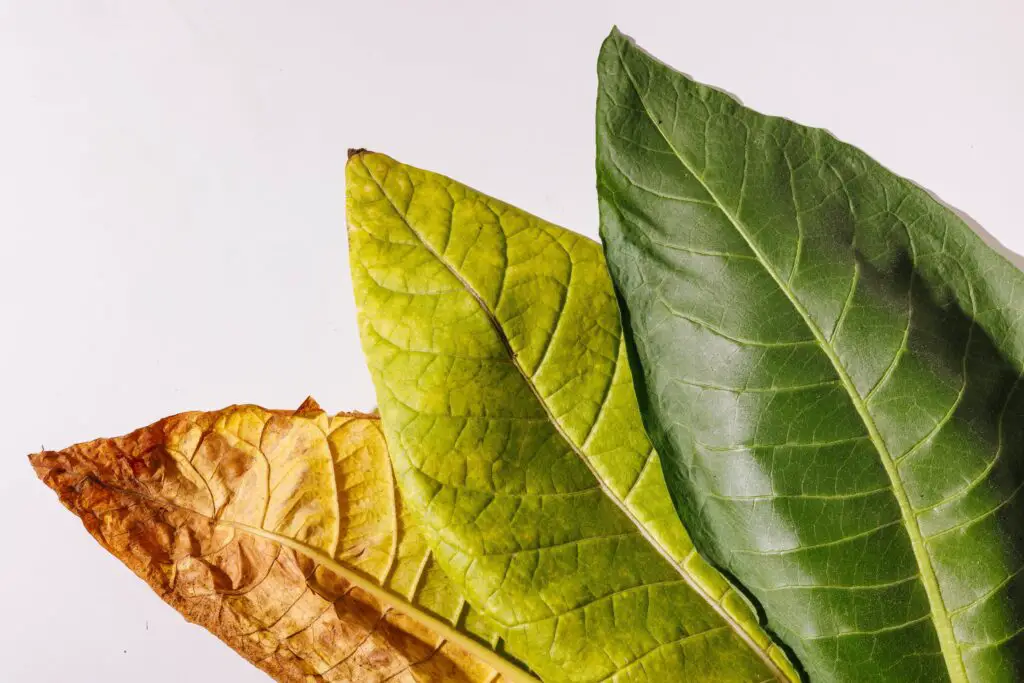
In the early days of the American colonies, tobacco leaves themselves were used as currency, particularly in the southern colonies. The leaves were carefully weighed and priced according to their quality, and they played a central role in the agricultural economy. People used tobacco leaves to buy and sell goods, with plantations often using them to pay workers.
Tobacco leaves were easy to store, transport, and trade, making them a practical currency in an agricultural society. Their role as money also reflects the deep connection between early American economies and agriculture. While we might think of tobacco today as a product rather than a currency, it was once as valuable as cash.
112. Glass Beads
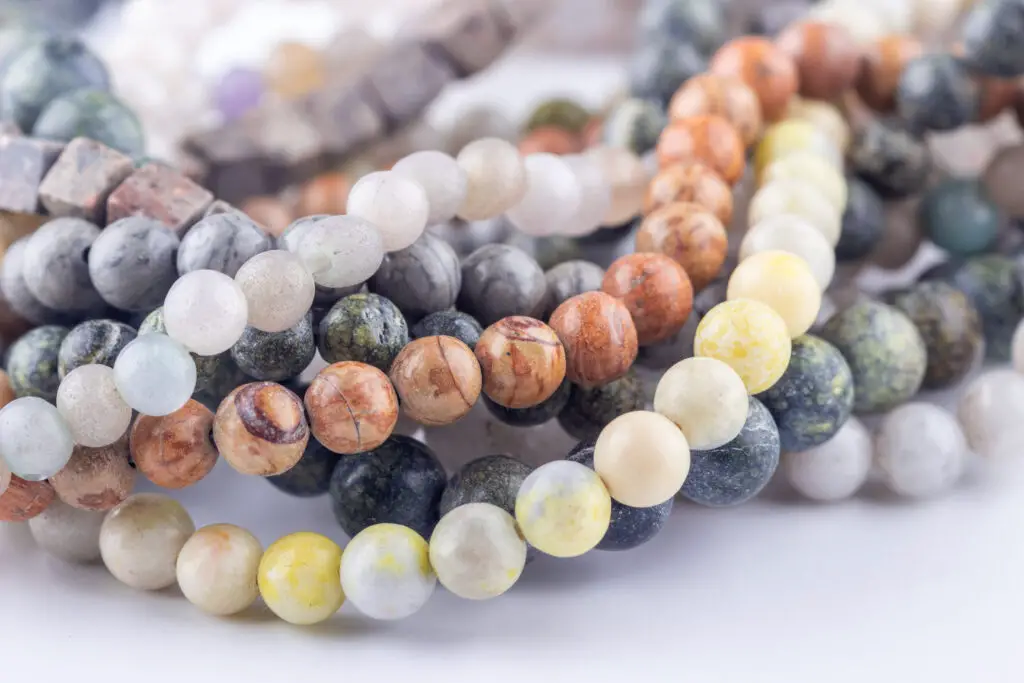
Glass beads were used as currency in various ancient cultures, particularly in Africa and parts of Asia. These beads were prized for their craftsmanship and vivid colors, which made them both beautiful and valuable. In many cases, they were exchanged for goods such as food, textiles, or land. The beads were often made by skilled artisans, which gave them a sense of rarity and exclusivity.
In some regions, glass beads were used in ceremonial exchanges, as well as in trade. They were seen as symbols of wealth, status, and even spiritual power. The idea of using small, intricate objects like glass beads as money highlights how ancient societies valued both aesthetic beauty and practicality in their economic systems. Today, these beads are often regarded as works of art rather than currency, but in their time, they were crucial to commerce.
